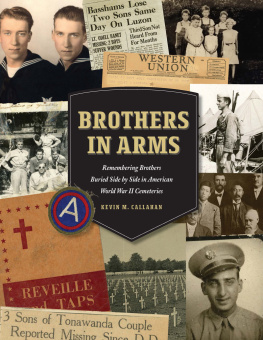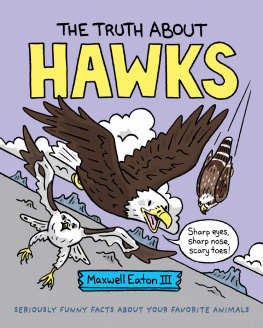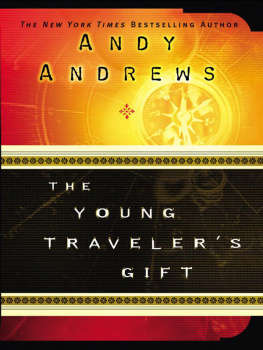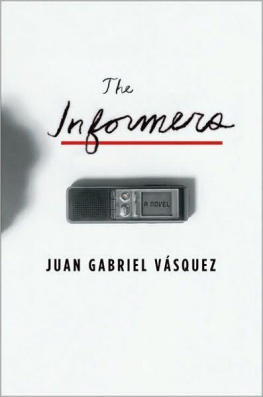
John Twelve Hawks
The Dark River
The Dark River is a work of fiction inspired by the real world.
An adventurous reader can touch the sundial hidden beneath the streets of Rome, travel to Ethiopia and stand outside the holy sanctuary in Axum, or walk through Grand Central Terminal in New York and look up at the mystery on the concourse ceiling.
The aspects of the Vast Machine described in the novel are also real or under development. In the near future, both private and governmental total information systems will monitor every aspect of our lives. A central computer will remember where we go and what we buy, the e-mail we write, and the books we read.
Each attack on privacy is justified by the pervasive culture of fear that seems to surround us and grow stronger every day. The ultimate consequences of that fear are expressed in my vision of the First Realm. Its darkness will exist forever and it will be opposed-forever-by compassion, bravery, and love.
John Twelve Hawks
In The Traveler, John Twelve Hawks introduced readers to an ancient conflict going on beneath the surface of our day-to-day world. This conflict involves three groups of people: the Brethren, the Travelers, and the Harlequins.
Kennard Nash is the leader of the Brethren, a group of powerful individuals who oppose any change in the established social structure. Nathan Boone is the secret organizations head of security. The Brethren are called the Tabula by their enemies because they see both humanity and human consciousness as a tabula rasa-a blank slate on which they can scrawl their own message of intolerance and fear. In the eighteenth century, the British philosopher Jeremy Bentham designed the Panopticon: a model prison where one observer could monitor hundreds of prisoners and remain unseen. Both Nash and Boone believe that the computerized surveillance system being created in the industrial world will allow them to establish a Virtual Panopticon.
For centuries, the Brethren have tried to exterminate the Travelers: men and women who have the power to send their energy into one of six realms. The realms are parallel realities that have been described by visionaries from every faith. Travelers return to this world with new insights and revelations that challenge the established order and the Brethren believe that they are the primary source of social instability. One of the last surviving Travelers was Matthew Corrigan, but he disappeared when the Brethrens mercenaries attacked his home. His two surviving sons, Michael and Gabriel Corrigan, lived off the Grid until they discovered that they also had the power to become Travelers.
The Travelers could have been exterminated many years ago, but theyve been protected by a small group of dedicated fighters called Harlequins. Matthew Corrigan was once protected by a German-born Harlequin named Thorn who was killed in Prague by Nathan Boone. Thorns daughter, Maya, was sent to America to find the two Corrigan brothers. Maya is supported by a French Harlequin named Linden, and she often thinks about the legendary Harlequin Mother Blessing, who has disappeared. When Maya visited Los Angeles, she found two allies: a martial arts teacher named Hollis Wilson and a young woman named Vicki Fraser.
As the story continues, Michael Corrigan has gone over to the Brethren while his younger brother, Gabriel, is hiding with Maya, Hollis, and Vicki. At New Harmony, the Arizona community started by Matthew Corrigan, storm clouds cover the sky and snow begins to fall
Snowflakes began drifting down from the darkening sky as the members of New Harmony returned to their homes for dinner. The adults working on a retaining wall near the community center blew on their hands and talked about storm fronts, while the children cocked their heads backward, opened their mouths, and spun around trying to catch the ice crystals on their tongues.
Alice Chen was a small, serious girl in jeans, work boots, and a blue nylon parka. She had just turned eleven, but her best friends, Helen and Melissa, were both twelve going on thirteen. Lately, the two older girls had been having long conversations about childish behavior and which boys at New Harmony were stupid and immature.
Although Alice wanted to taste the snowflakes, she decided that it wasnt very mature of her to twirl around with her tongue out like the Lower School babies. Pulling on her knit cap, she followed her friends down one of the paths that crisscrossed through the canyon. It was difficult to be grown-up. She was relieved when Melissa tagged Helen, shouted, Youre it! and darted away.
The three friends dashed down the canyon, laughing and chasing one another. The night air was cold and smelled of pine and wet soil and the faint odor of a wood fire down by the greenhouse. As they passed through a clearing, the snowflakes stopped falling for a moment and swirled around in a circle-as if a family of ghosts had lingered to play among the trees.
There was a distant mechanical sound, growing louder, and the girls stopped running. Seconds later, a helicopter with Arizona Forest Service markings roared above them and continued up the canyon. They had seen helicopters like that, but always in the summer. It was strange to see one in February.
Theyre probably searching for someone, Melissa said. Bet a tourist went looking for the Indian ruins and got lost.
And now its getting dark, Alice said. It would be terrible to be alone like that, she thought-getting tired and scared as you trudged through the snow.
Helen leaned forward and slapped Alice on the shoulder. Now youre it! she said. And they started running.
A NIGHT-VISION device and a thermal imaging sensor were mounted on the underside of the helicopter. The NVD collected visible light as well as the lower portion of the infrared spectrum, while the thermal sensor detected the heat emitted from different objects. The two devices sent their data to a computer that combined everything into a single video image.
Eighteen miles from New Harmony, Nathan Boone sat in the back of a bread delivery truck that had been converted to a surveillance vehicle. He sipped some coffee-no sugar, no cream-and watched as a black-and-white vision of New Harmony appeared on a monitor.
The head of security for the Brethren was a neatly dressed man with short gray hair and steel-rimmed glasses. There was something severe, almost judgmental in his manner. Policemen and border guards said, Yes, sir, when they first met him, and civilians usually lowered their eyes when he asked them a question.
Boone had used night-vision devices when he was in the military, but the new dual camera was a significant advance. Now he could see targets both inside and outside at the same time: one person strolling beneath the trees and another washing the dishes in the kitchen. Even more helpful was that the computer was capable of evaluating each source of light and making an informed guess whether the object was a human being or a hot frying pan. Boone saw the new camera as evidence that science and technology-indeed, the future itself-were on his side.
George Cossette, the other person sitting in the truck, was a surveillance expert who had been flown in from Geneva. He was a pale young man with a great many food allergies. During the eight days of surveillance, he had occasionally used the computers Internet uplink to bid on plastic figurines of comic book heroes.
Give me a count, Boone said, watching the live feed from the helicopter.
Next page







